In this post, I am bringing together a bunch of thoughts and literature, and try to provide an idea of how to assess key competencies in sustainability. Wish me luck! And I welcome feedback! :-)
Tag Archives: teaching for sustainability
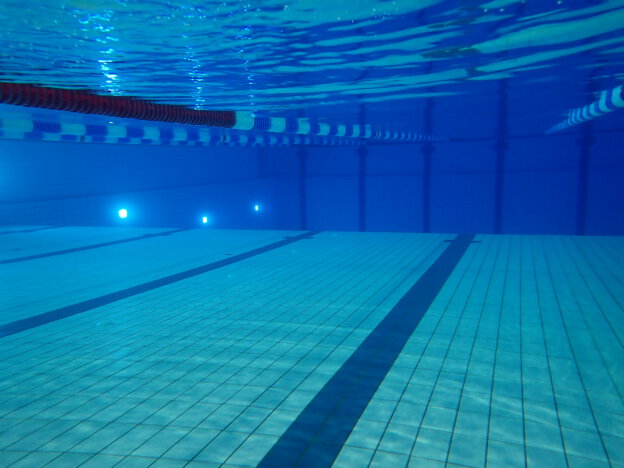
Currently reading: “Sustainable assessment revisited” (Boud & Soler, 2016)
“Sustainable assessment” is about making assessment useful to learning beyond the frame of the course it is related to, not just in terms of retaining the learnt information and skills for longer, but to support future learning. Resource-intensive courses or practices might become more sustainable if they have far-reaching consequences beyond just the course, and really sustainable if they educate self-managing, learning stake-holders who will act responsibly and competently in society in a challenging future. Teachers are likely intending that long-term impact with their teaching already, but how can it also be supported through assessment design? My summary of Boud & Soler (2016) below.
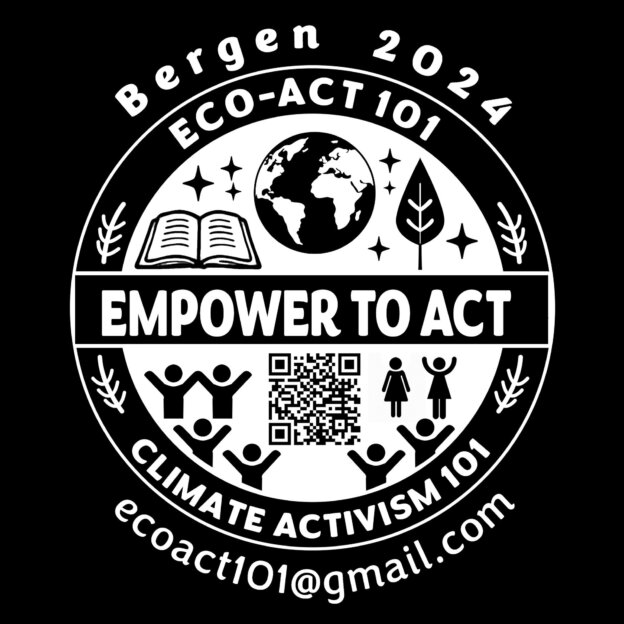
Taking the course “Climate Activism 101”
I am taking the open “Climate Activism 101” course, organised by Robert Kordts for Scientist Rebellion Bergen. Here, I am summarising my impressions and take-aways from the first meeting today!
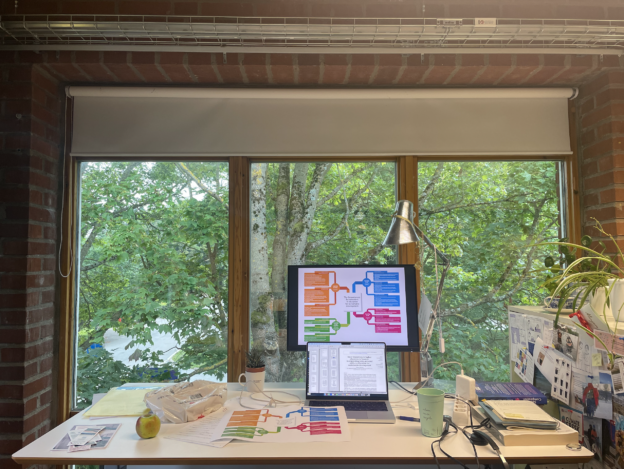
UNECE “Competences for educators in education for sustainable development”
After having thought a lot about what we need to teach our students in terms of sustainability competencies, what is it that teachers actually need to know, be able do, be, in order to be able to do it? Of course there are also frameworks for this! Here I am summarising the UNECE (2012) framework.
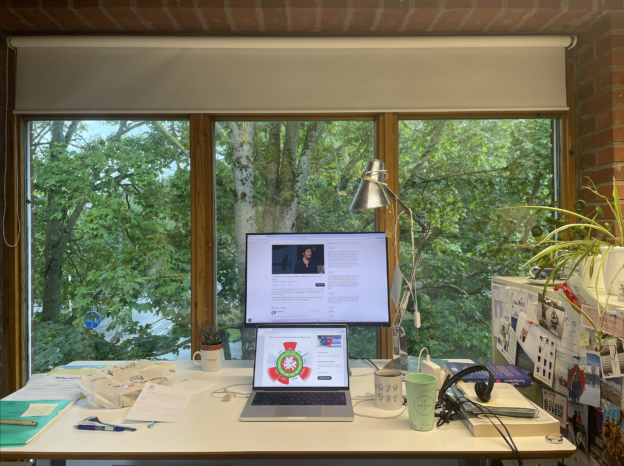
Using Kate Raworth’s “doughnut of social and planetary boundaries” to kickstart sustainability conversations?
I am really late to the party of “doughnut economics”, but I just discovered this great conversation starter on sustainability!
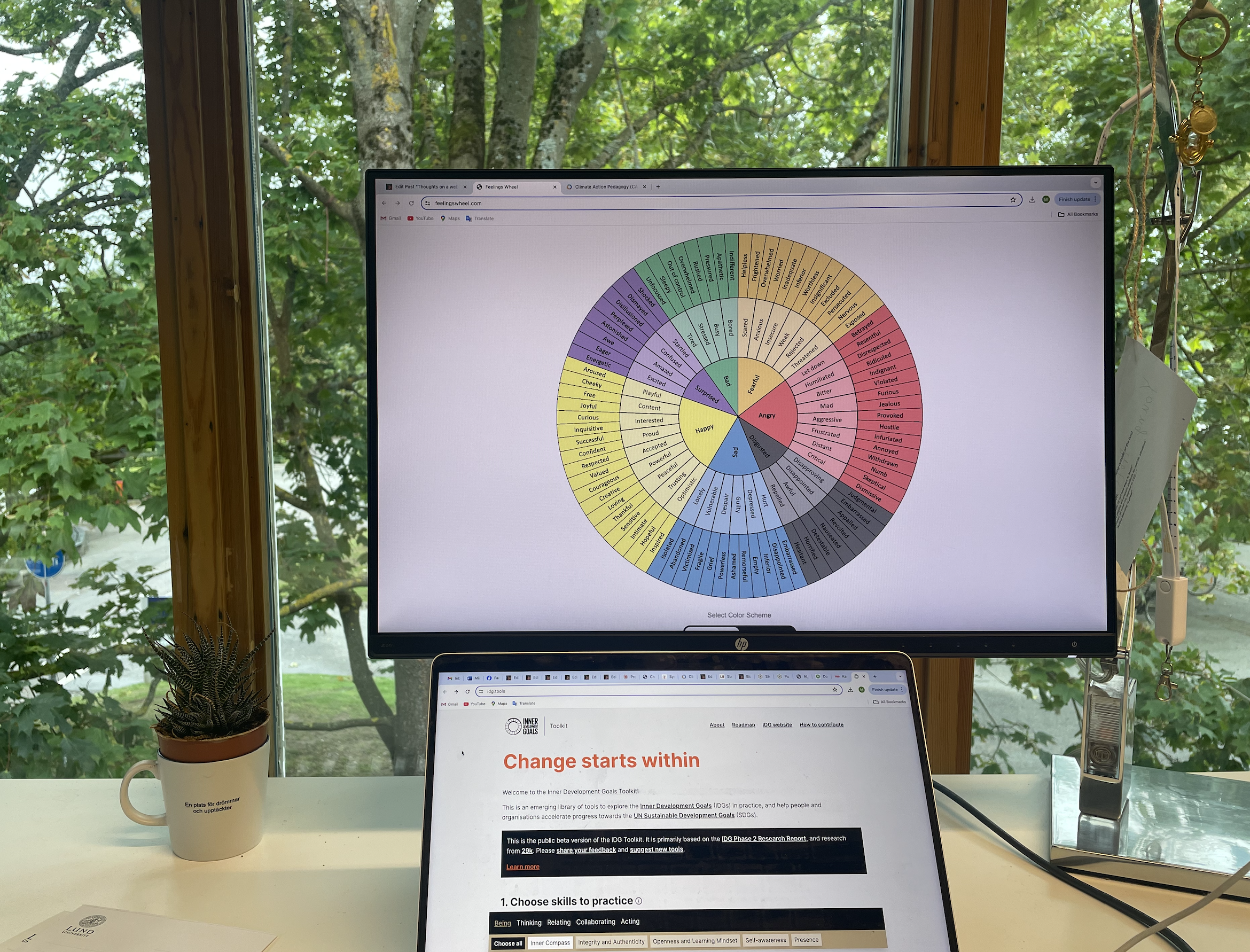
Thoughts on a webinar on “Climate Action Pedagogy (CAP): Working with Sustainable and Inner Development Goals” by Karen Costa
Since on one of her first slides (and here is a link to the slides that contains links to all resources mentioned below, too) last night, Karen Costa invited participants to engage and share resources via all kinds of channels (in the chat, backchannel, tweets, posts, during the webinar and folks watching the recording — I love an explicit call to action like that!), here are the points and resources that I want to remember and that might be useful for you, too!
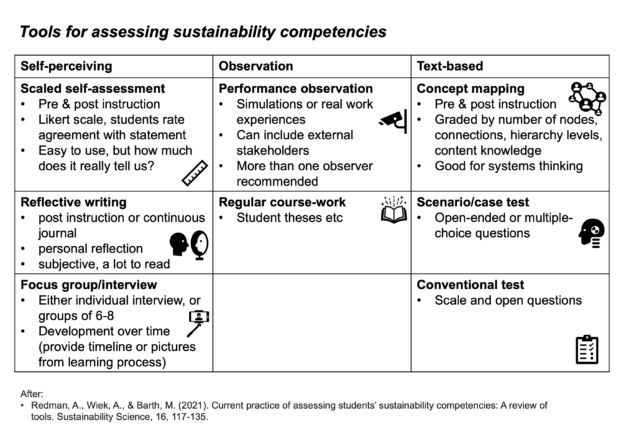
Thinking about assessing sustainability competencies
Current goal: Figuring out how to do assessment of sustainability competencies for a pass/fail course (where the fail option is an actual option*).

Inner development and mindfulness at university (reading Libertson, 2023)
As I wrote recently when discussing frameworks for sustainability competencies, intrapersonal competencies have only recently been added as integral parts to the common frameworks. Today, I am summarising an article by Libertson (2023) on “Inner transitions in higher education in Sweden: incorporating intra-personal skills in education for sustainable development”.

Sustainability competences, what they mean and when we need them (loosely after Wiek, Redman, and colleagues)
I like using the Redman & Wiek (2021) framework for sustainability competencies that shows sustainability competencies relating to each other as well as to disciplinary content and generic competencies. But in an article they wrote 10 years before (Wiek et al., 2011), they show a graphic that I have re-imagined here, and where I included integration & intrapersonal competences, that only made it into their framework later but that are needed throughout, because obviously all competences need to play together, and this needs to happen in a way that does not lead into burnout. They are also included in a version of the Wiek et al., (2011) framework that Brundiers et al. (2021) published.
I think a visualisation like this one of where the different sustainability competencies become relevant in any work towards a sustainable future can be very helpful in curriculum planning when looking at how to weave sustainability competencies through all activities and assessment!
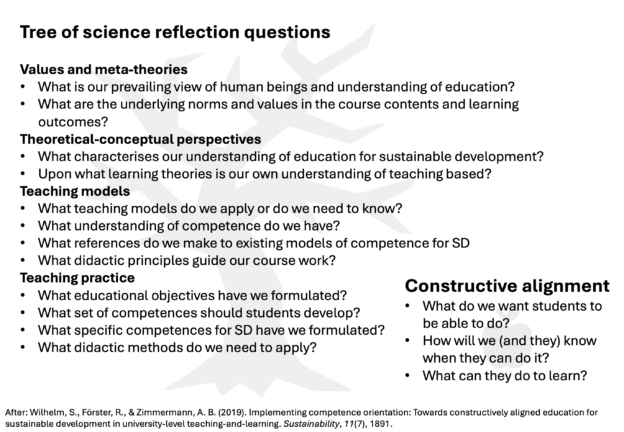
Currently reading “Implementing competence orientation: Towards constructively aligned education for sustainable development in university-level teaching-and-learning” (Wilhelm et al., 2019)
Over the summer, I have read a lot about sustainability competencies. But I still find it really difficult to implement them into curricula (or build curricula around them from scratch), so the article “Implementing competence orientation: Towards constructively aligned education for sustainable development in university-level teaching-and-learning” by Wilhelm et al. (2019) sounds like it could be useful there!